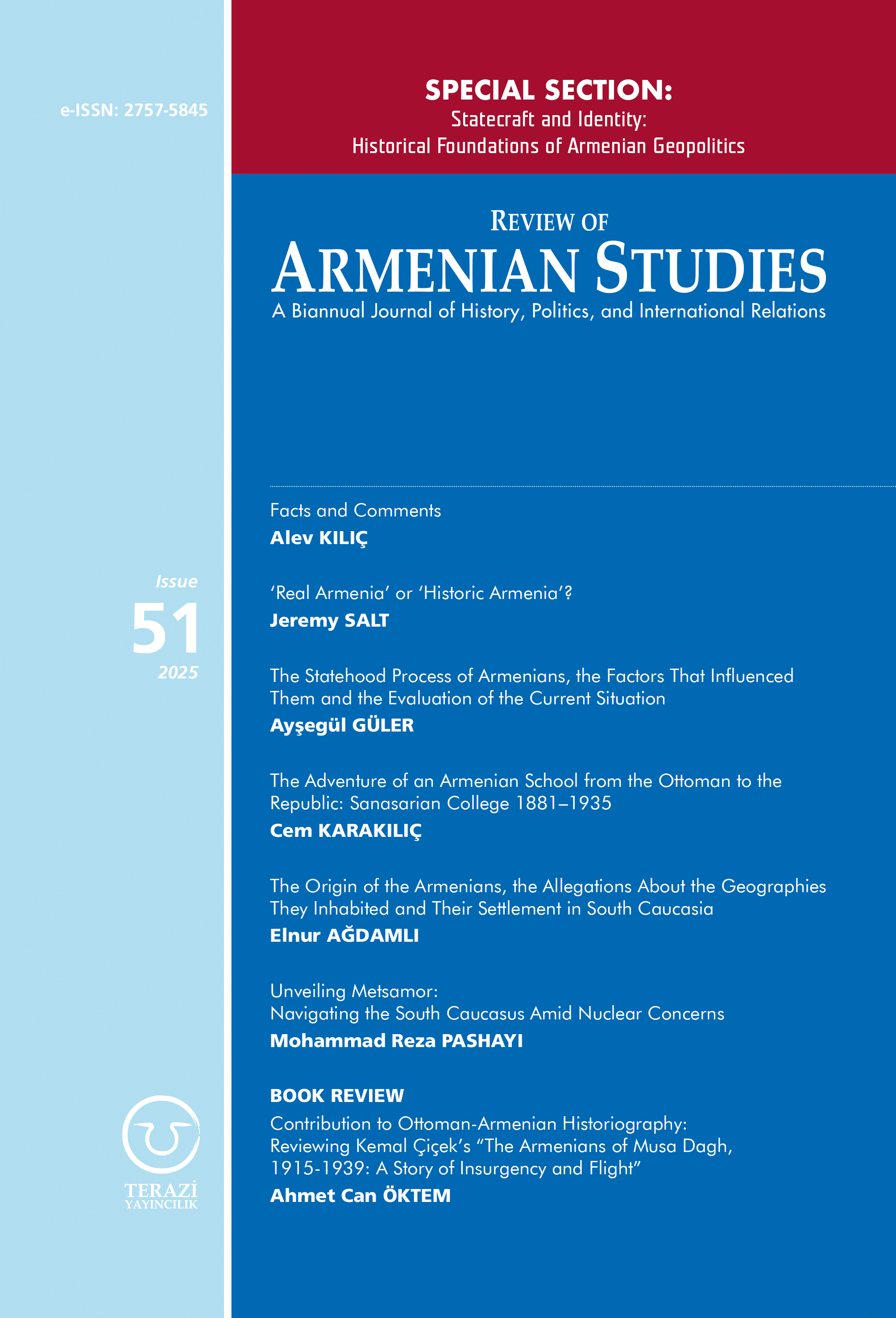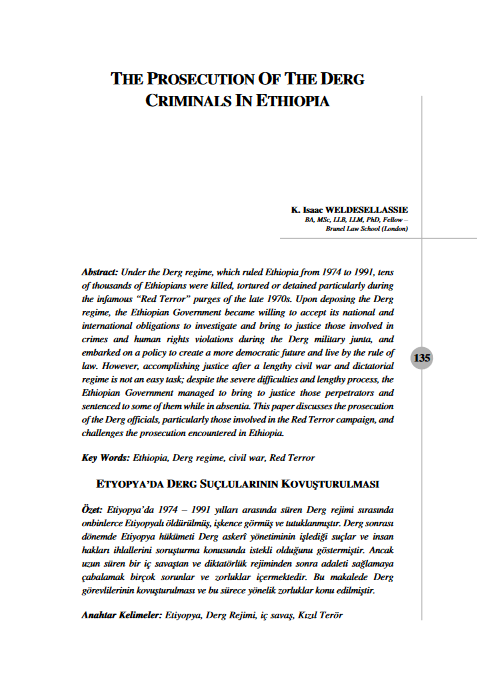
On May 2015, the Armenian parliament approved the decision on cooperating with Russia on the planned extension of the nuclear plant Metsamor until 2026. It also signed an inter-governmental agreement on the exchange of information related to nuclear and radiation safety with Russia which includes the Metsamor nuclear plant in October.[1] The decision passed with 111 votes in favor, 1 against, and 3 abstaining.[2] During a speech he made at the parliament, Deputy Minister of Energy and Natural Resources Areg Galstyan stated that if everything finalizes successfully and the evaluations will be positive, the nuclear plant will be able to operate until 2026.[3] This decision got the attention of nuclear energy experts, because after what happened at the Fukushima Daiichi nuclear power plant in Japan, the international community decided to examine nuclear safety more closely. Considering the latest developments and ongoing concerns, Metsamor is among the important cases that need to be examined.
What is the challenge with Metsamor?
The Metsamor power plant was built in 1977 in Armenia by the Soviet Union. It is located 30 km away from Yerevan and 16 km away from the Turkish city of Iğdır located at the Turkey-Armenia border. The power plant meets 40% of Armenia’s total energy need. Armenian officials and experts therefore stated that in order to avoid any energy shortages, the power plant must continue to operate. At the same time however, the power plant threatens regional security, including the eastern part of Turkey where agriculture and animal breeding are important sources of income for the inhabitants.
First of all, the earthquake that occurred in 1988 resulted in the death of 25,000 people and left 500,000 people on the streets without a home.[4] As was declared by officials, the Metsamor remained standing during this unfortunate event with no serious damage. However, this does not change the fact that Metsamor stands on a fault line and still poses a danger for the entire region.[5] The Minister of Energy of the Republic of Turkey, Taner Yıldız, also warned the international community about the danger knocking on the door in the region. He stated that this nuclear plant expired 30 years ago and that now it threatens both Armenia and Turkey.[6]
Even though it was supposed to be shut down for good years ago and officials have been repeatedly warned by many organizations such as European Union, due to Armenia’s lack of energy sources and dependency on energy, the closure was postponed for several times. For example, in 2004, Alexis Louber, the Head of the EU Delegation in Yerevan, stated that “In principle, nuclear plants should not be built in highly active seismic zones. This plant is a danger to the entire region. When the agreement was signed in 1998 to close it in 2004, we wanted to close it as quickly as possible (…) We realize that until alternative energy sources are in place it is not possible to do that, but it might be possible by 2006, and certainly could be by 2010.”[7] Also Dr. Alvaro Antonyan, President of Armenia's National Survey for Seismic Protection said, “As a citizen I can say we do not have an alternative power supply, so we should operate the reactor now. As far as the future is concerned, I would say in a seismic area we should not have a nuclear plant”.[8] Antonyan’s words underlined the danger of the old construction and its fragile structure towards a possible earthquake.
Armenia highly depends on Russia in many sectors and on Iran on energy security (natural gas - to a certain extent). The Head of Russian State Atomic Energy Corporation ROSATOM Sergey Kiriyenko said that, “NPP’s operating unit provides 35- 37% of electricity: this is a matter of Armenia’s energy security (…) Our calculations show that if Metsamor NPP stops working, energy tariff will be thrice as much as now (…)The NPP produces the cheapest electricity, enabling the Armenian government to significantly reduce the energy tariffs for households and businesses,”[9]. Russia plays an important role in controlling the energy markets and its influence will not disappear in the short term. Considering the demonstrations which took place in Yerevan regarding the discomfort of the Armenian population on high electricity prices, it is important to keep in mind that most probably, the Armenian public seems to show consent to such a decision because of desperation and lack of alternate energy resources.
Additionally, according to World Nuclear News website; “National Assembly had approved two agreements with Russia aimed at extending Metsamor's operating life to 2026, with Russia lending $270 million to Armenia and providing $30 million as a grant. The loan will have a term of 15 years, with a five-year grace period, and be set at a 3% annual interest rate.”[10] Within such an environment, Armenian officials decided to ignore the possibility of a bigger and regional disaster and instead focus on finding short term solutions. The EU offered aid to Armenia in 2004, but Armenia did not accept the offer of a 200 million euros (289 million dollars) loan to finance Metsamor's shutdown.[11] It would have been the best solution without putting Armenia in a difficult position and avoid a possible regional catastrophe, and would have given Armenia enough time and financial support to come up with different energy resources. Currently, Turkey, rightly, is concerned about its own national security and the security of the people living in the region. In 2009, Turkish Atomic Energy Authority openly warned about the danger of three nuclear power plants, including Metsamor considering their distance from Turkey.[12]
The European Commission is also concerned about the safety and security of the Metsamor nuclear plant. The progress report titled “Implementation of the European Neighbourhood Policy in Armenia - Progress in 2014 and recommendations for actions” which was published in March 2015 urges Armenia to take action about Metsamor; “The early closure and decommissioning of the MNPP (Mezdamor Nuclear Power Plant) remains a key objective for the EU and under the ENP Action Plan. Since the power plant cannot be upgraded to meet current internationally recognised nuclear safety standards, it should be closed as soon as possible. The new power plant should comply with the latest international safety standards.”[13] The report also states that the Armenian government presented a stress report on Metsamor aftermath its decision aiming to keep Metsamor operating until 2026. Meanwhile, under the section which contains recommendations for Armenia to implement in 2015, EC states that; “(…) further intensifying efforts to implement international conventions, such as those linked to the EU Generalised Scheme of Preferences (GSP); working towards the earliest possible closure of the Medzamor nuclear power plant and adopting a detailed decommissioning plan, taking into account the results of stress tests; meanwhile increasing the safety standards of the nuclear power plant;”. The early decision of the Armenian government ignores the fact that there is a high risk in this region, which will have long term affects. As it stands, Metsamor is a potential threat to neighboring countries - particularly to Turkey. Any catastrophe related to this risky nuclear power plant will possibly destroy the lives of people in the entire region.
In 2011, an international team of experts from Finland, France, Lithuania, Hungary, Netherlands, Slovakia, UK, USA, EC and the IAEA conducted an Operational Safety Review (OSART) of the NPP between the dates 16 May-2 June 2011. Gabor Vamos, the Hungarian Head of the 11-member IAEA Operational Safety Review Team for Armenia stated in June 2011, “There is no industrial activity that does not pose any risk, but I think the results of our inspection show that this risk [at Metsamor] is acceptable”.[14] But Hakob Sanasarian, Director of the Greens’ Union of Armenia, underlined an important fact. He stated that, “We didn’t have any other expectations about the experts; (…) It would be naïve to think that they would declare Metsamor is dangerous [since the IAEA supports the use of nuclear energy]. Anyway, we will continue our fight. The nuclear power plant is dangerous in terms of environmental, seismic and safety risks.” [15] The risk is still out there, the officials did not say that it is safe to keep Metsamor operating, instead, they said that the risk is “acceptable” – but for who? And based on what? For instance, Slavik Sargsian, chairman of the All-Armenian Association of Power Specialists, pointed out another problem. He said that, “Several international experts conduct superficial studies and say the level of risk is acceptable, but we have big problems with specialists (…) Japan, a super-developed and well-prepared country, faced a disaster. God forbid, if a hazardous situation emerges at our plant, we have neither the capabilities nor the specialists to fight back.” However, State Nuclear Safety Regulatory Committее Chairman Martirosian rejected the claims about the Metsamor’s risks, stating that “If the nuclear plant lacked specialists, it just wouldn’t operate, (…) The risk is always there, but we have no concerns in terms of safety”.[16] However, this statement does not contain any information that invalidates Slavik Sargsian’s concerns.
Although the outcome was rather positive, in 2015 – after 4 years – IAEA noted that, “The Armenian Nuclear Regulatory Authority (ANRA) faces many challenges in regulating nuclear safety, including a lack of human and financial resources for the planned lifetime extension of the country’s only operating nuclear reactor. Though the reactor’s operating license expires in 2016, ANRA has not yet received an application for an extension of the operation of the reactor, which accounts for 40 percent of Armenia’s electricity production. Extending a reactor’s operating licence requires careful safety evaluation by the regulatory body and usually takes more than one year”.[17] Recalling the article regarding the need to review the stress report submitted by Armenia to EC, it is important to remember that this process will take some time. However, the Armenian government decided to proceed with Russia despite the necessary safety evaluations.
IRRS team leader Hans Wanner, Director General of the Swiss Federal Nuclear Safety Inspectorate added that, “Our review found some good practices, such as the existence of the Nuclear Safety Council, a group of international professionals who meet regularly with relevant bodies, including ANRA, and who advise the President of the Republic of Armenia. Such a practice could benefit other countries, too (…) We also found challenges, and I am concerned about the lack of timely progress in extending the operating license for the nuclear power reactor.” [18]
At the opening of the 14th regular session of the Nuclear Safety Council, President of Armenia Serzh Sargsyan stated that Armenia will continue developing nuclear energy programs. “On November 5th, we will mark the 20th anniversary of the reopening of the second unit of the Armenian nuclear power plant after six years of cessation of activities. It is a unique project. Since the moment of the reopening of the second unit, 1400 events on increasing the security level were implemented," said Sargsyan.[19] After six years of delay, one can be concerned about any possible delays which will result as keeping the Metsamor operation for a longer time period than it should have. The new construction will cost around 5 Billion dollars, but the financial support is still yet to be funded. According to some experts, the time frame given by Armenian officials seems “increasingly unrealistic”[20] and it looks like the delays will continue in the upcoming years. Also, it is better to keep in mind that the agreements were signed between Armenia and Russia, consequently, Armenia will continue to depend more on Russia even on nuclear power. Furthermore, Armenia will lose another chance to adopt independent policies despite the recommendations, support, and aid offers from the European Union.
[1] World Nuclear Energy News, “Russia and Armenia to share nuclear safety information”, 07.10.2015, http://www.world-nuclear-news.org/NN-Russia-and-Armenia-to-share-nuclear-safety-information-7101501.html
[2] “Ermenistan nükleer santrali 11 yıl daha kullanacak”, Milliyet, 06.05.2015, http://www.milliyet.com.tr/ermenistan-nukleer-santrali-11-yil/dunya/detay/2054782/default.htm
[3] ibid
[4] By Marianne Lavelle and Josie Garthwaite, For National Geographic News, “Is Armenia's Nuclear Plant the World's Most Dangerous?”, 14.04.2011, http://news.nationalgeographic.com/news/energy/2011/04/110412-most-dangerous-nuclear-plant-armenia/
[5] ibid
[6] Merve Erdil, Hürriyet, “‘Metsamor’a karşı birlikte yürüyelim’”, http://www.hurriyet.com.tr/metsamor-a-karsi-birlikte-yuruyelim-28938456
[7] Paul Brown in Yerevan, The Guardian, “EU halts aid to Armenia over quake-zone nuclear plant”, 02.06.2004, http://www.theguardian.com/environment/2004/jun/02/energy.europeanunion
[8] ibid
[9] PanArmenian.net, “Rosatom chief says Metsamor NPP could reduce energy price in Armenia”, 07.10.2015, http://www.panarmenian.net/eng/news/198558/
[10] World Nuclear Energy News, “Russia and Armenia to share nuclear safety information”, 07.10.2015, http://www.world-nuclear-news.org/NN-Russia-and-Armenia-to-share-nuclear-safety-information-7101501.html
[11] By Marianne Lavelle and Josie Garthwaite, For National Geographic News, “Is Armenia's Nuclear Plant the World's Most Dangerous?”, 14.04.2011, http://news.nationalgeographic.com/news/energy/2011/04/110412-most-dangerous-nuclear-plant-armenia/
[12] “Olası Nükleer ve Radyolojik Tehlike Durumları ve Hazırlık Faaliyetleri”, Türkiye Atom Enerjisi Kurumu, 12.08.2015, http://www.taek.gov.tr/acil-durumlar/kaza-ve-tehlike-durumu/376-olasi-nukleer-ve-radyolojik-tehlike-durumlari-ve-hazirlik-faaliyetleri.html
[13] “Implementation of the European Neighbourhood Policy in Armenia Progress in 2014 and recommendations for actions, SWD (2015) 63 final”, European Commission, 25.03.2015, http://eeas.europa.eu/enp/pdf/2015/armenia-enp-report-2015_en.pdf
[14] Marianna Grigoryan and Anahit Hayrapetyan, “Armenia: Fight Brews Over IAEA’s Thumbs-Up Appraisal of Metsamor”, EuroasiaNet, 07.06.2015, http://www.eurasianet.org/node/63638
[15] “Armenia: Fight Brews Over IAEA’s Thumbs-Up Appraisal of Metsamor”.
[16] “Armenia: Fight Brews Over IAEA’s Thumbs-Up Appraisal of Metsamor”
[17] “IAEA Mission Reviews Armenia's Regulatory Framework for Nuclear and Radiation Safety”, IAEA, 12.06.2015, https://www.iaea.org/newscenter/pressreleases/iaea-mission-reviews-armenias-regulatory-framework-nuclear-and-radiation-safety
[18] ibid
[19] “Serzh Sargsyan Participated in Nuclear Power Safety Council Session”, ArmenPress, 27.10.2015, http://armenpress.am/eng/news/823455/serzh-sargsyan-participated-in-nuclear-power-safety-council-session.html
[20] Emil Danielyan, “Armenia Passes International Nuclear Safety Test”, Eurasia Daily Monitor, Volume: 8, Issue: 142, 25.06.2011, http://www.jamestown.org/single/?no_cache=1&tx_ttnews%5Btt_news%5D=38223#.Vjii97fhCUk
© 2009-2025 Center for Eurasian Studies (AVİM) All Rights Reserved
No comments yet.
-
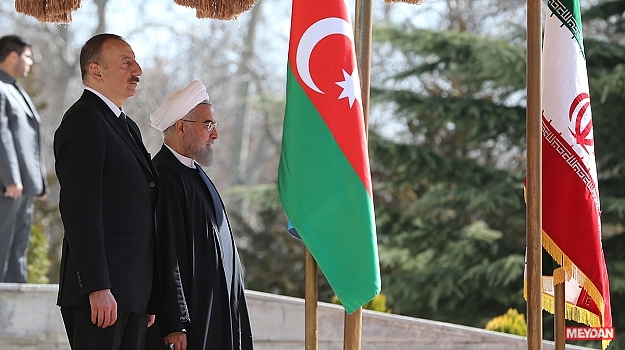 IRAN SEEKING NEW MARKETS IN THE SOUTH CAUCASUS: AZERBAIJAN
IRAN SEEKING NEW MARKETS IN THE SOUTH CAUCASUS: AZERBAIJAN
Özge Nur ÖĞÜTCÜ 18.03.2016 -
 NUCLEAR THREAT IN THE SOUTH CAUCASUS; METSAMOR TO CONTINUE OPERATING
NUCLEAR THREAT IN THE SOUTH CAUCASUS; METSAMOR TO CONTINUE OPERATING
Özge Nur ÖĞÜTCÜ 20.10.2016 -
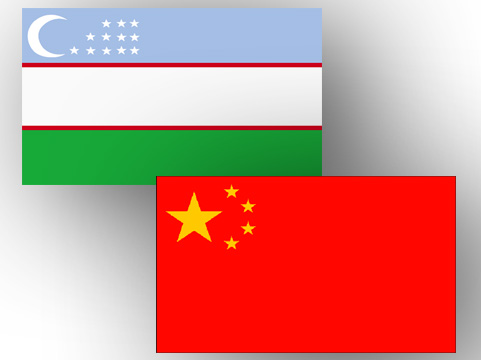 CHINA’S INCREASING INTEREST IN UZBEKISTAN
CHINA’S INCREASING INTEREST IN UZBEKISTAN
Özge Nur ÖĞÜTCÜ 21.02.2017 -
 CHINA IN AFGHANISTAN
CHINA IN AFGHANISTAN
Özge Nur ÖĞÜTCÜ 18.05.2017 -
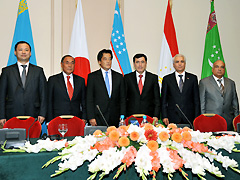 JAPAN’S POLICIES TOWARDS CENTRAL ASIA
JAPAN’S POLICIES TOWARDS CENTRAL ASIA
Özge Nur ÖĞÜTCÜ 31.03.2017
-
 ITALIAN REACTION TO THE CAROLINGIAN EU PROJECT
ITALIAN REACTION TO THE CAROLINGIAN EU PROJECT
Teoman Ertuğrul TULUN 11.04.2019 -
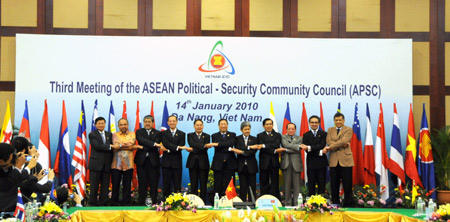 ASEAN’S DEFICIENCY IN DEALING WITH SECURITY ARENA
ASEAN’S DEFICIENCY IN DEALING WITH SECURITY ARENA
Teoman Ertuğrul TULUN 12.11.2018 -
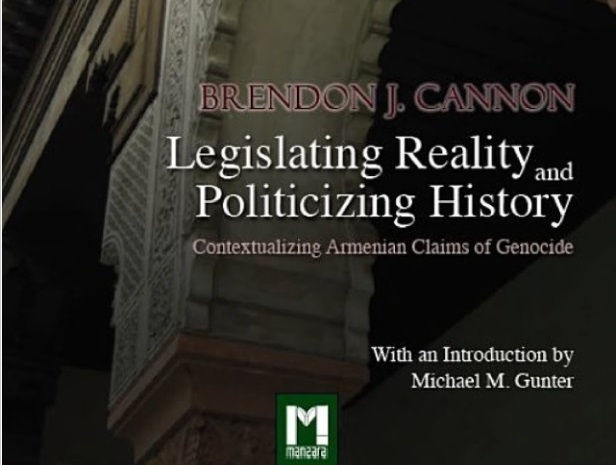 BOOK REVIEW: LEGISLATING REALITY AND POLITICIZING HISTORY
BOOK REVIEW: LEGISLATING REALITY AND POLITICIZING HISTORY
Sean Patrick SMYTH 16.05.2017 -
 A MOVIE REVIEW: AURORA’S SUNRISE
A MOVIE REVIEW: AURORA’S SUNRISE
Hazel ÇAĞAN ELBİR 07.12.2023 -
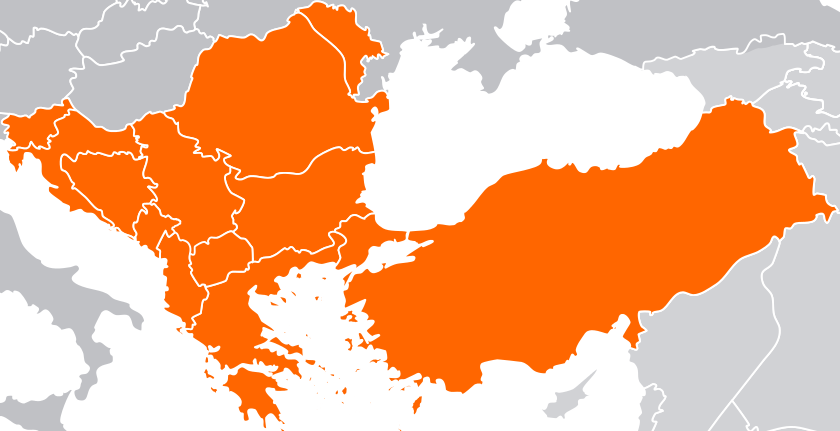 BALKANS 2016: INTEGRATION EFFORTS IN A TIME OF UNCERTAINITY
BALKANS 2016: INTEGRATION EFFORTS IN A TIME OF UNCERTAINITY
Teoman Ertuğrul TULUN 09.01.2017
-
25.01.2016
THE ARMENIAN QUESTION - BASIC KNOWLEDGE AND DOCUMENTATION -
12.06.2024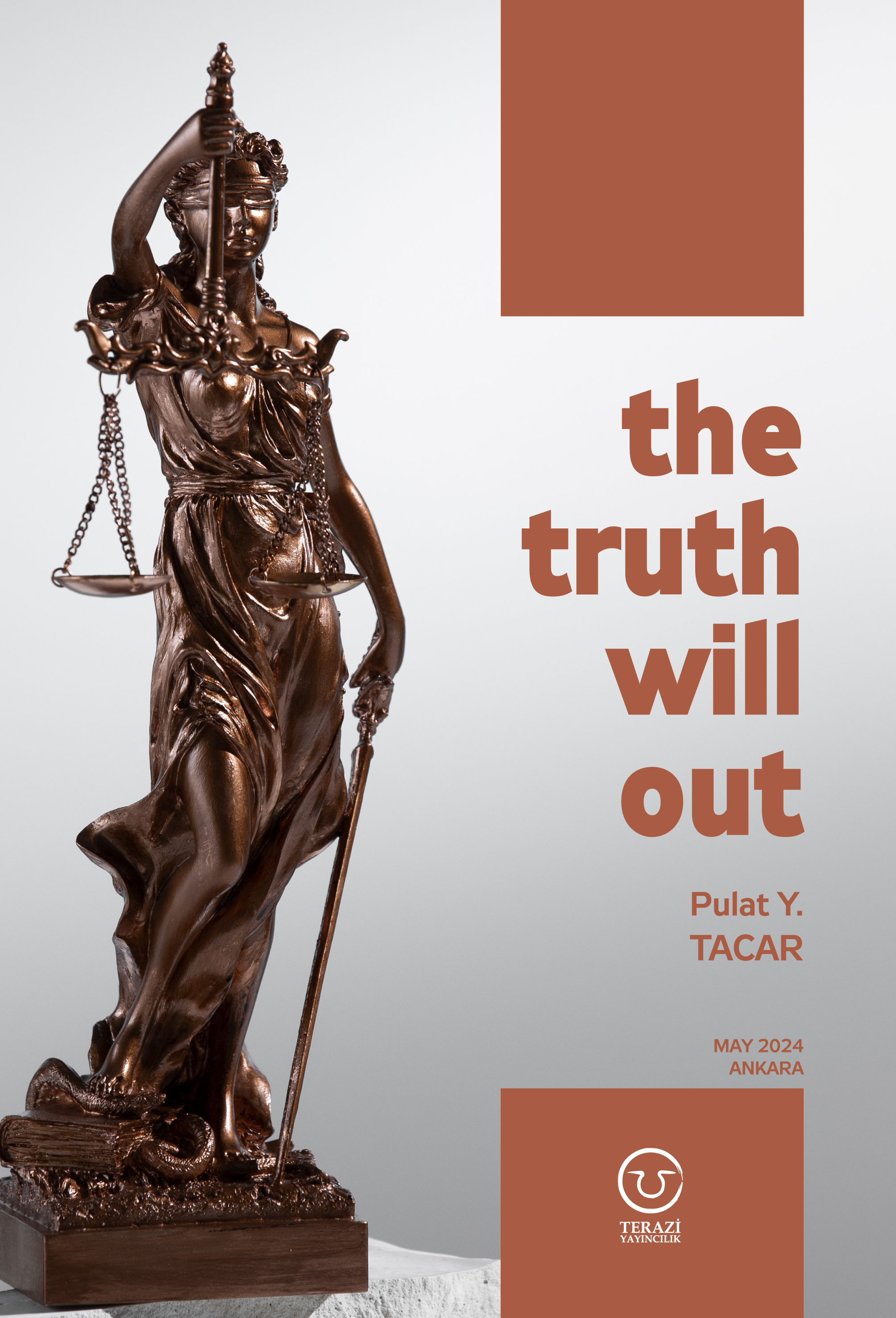
THE TRUTH WILL OUT -
27.03.2023
RADİKAL ERMENİ UNSURLARCA GERÇEKLEŞTİRİLEN MEZALİMLER VE VANDALİZM -
17.03.2023
PATRIOTISM PERVERTED -
23.02.2023
MEN ARE LIKE THAT -
03.02.2023
BAKÜ-TİFLİS-CEYHAN BORU HATTININ YAŞANAN TARİHİ -
16.12.2022
INTERNATIONAL SCHOLARS ON THE EVENTS OF 1915 -
07.12.2022
FAKE PHOTOS AND THE ARMENIAN PROPAGANDA -
07.12.2022
ERMENİ PROPAGANDASI VE SAHTE RESİMLER -
01.01.2022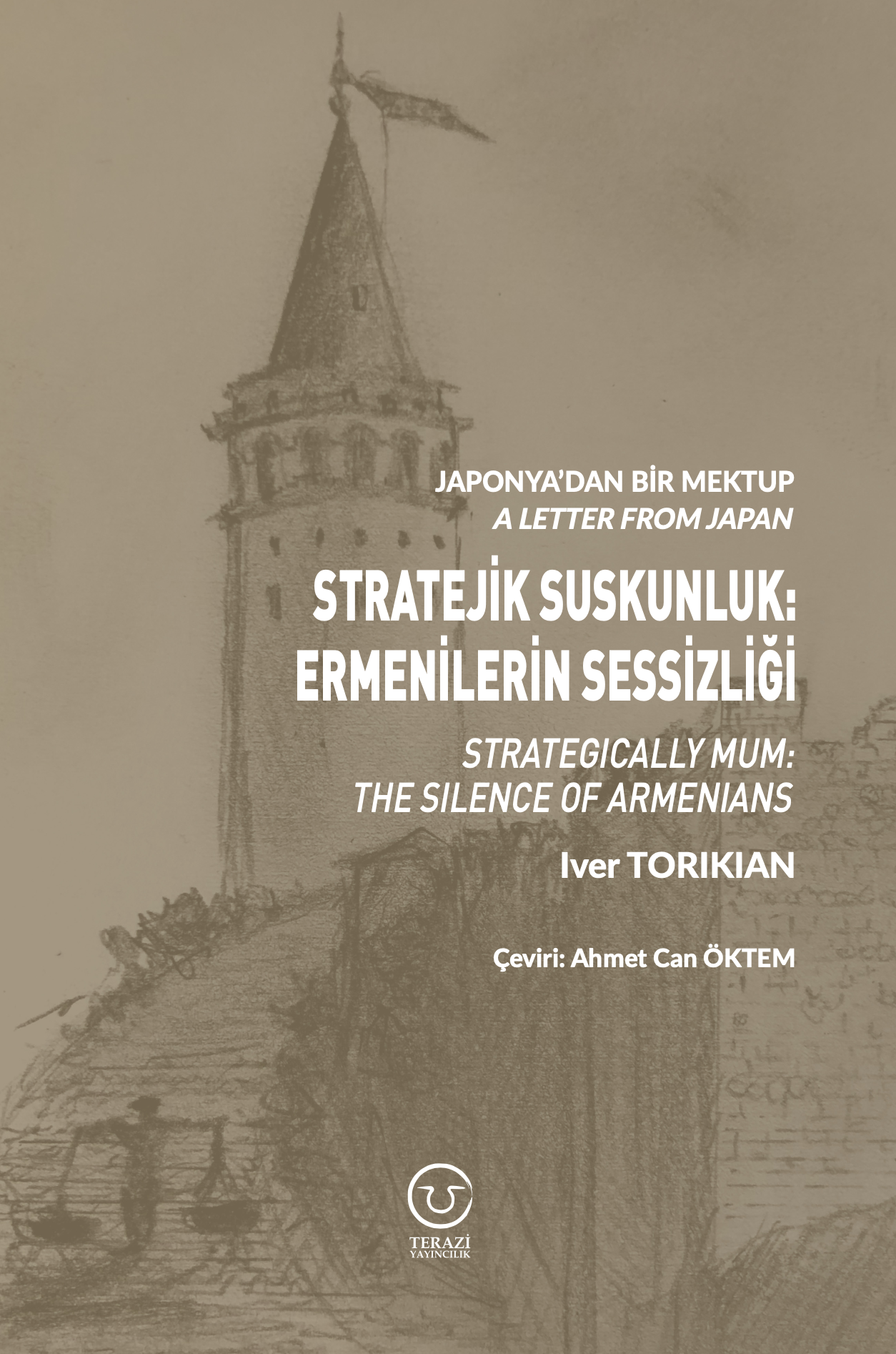
A Letter From Japan - Strategically Mum: The Silence of the Armenians -
01.01.2022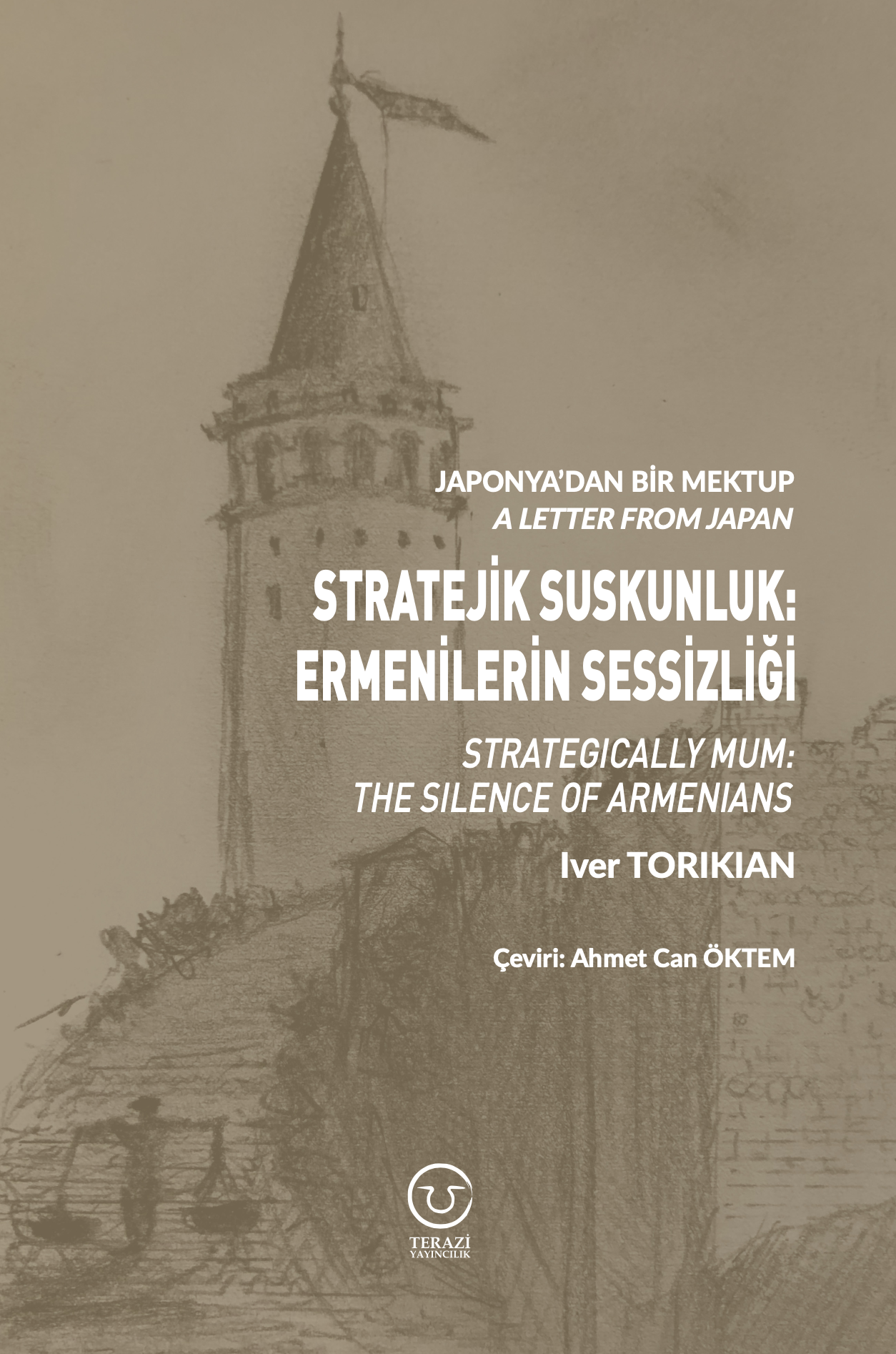
Japonya'dan Bir Mektup - Stratejik Suskunluk: Ermenilerin Sessizliği -
03.06.2020
Anastas Mikoyan: Confessions of an Armenian Bolshevik -
08.04.2020
Sovyet Sonrası Ukrayna’da Devlet, Toplum ve Siyaset - Değişen Dinamikler, Dönüşen Kimlikler -
12.06.2018
Ermeni Sorunuyla İlgili İngiliz Belgeleri (1912-1923) - British Documents on Armenian Question (1912-1923) -
02.12.2016
Turkish-Russian Academics: A Historical Study on the Caucasus -
01.07.2016
Gürcistan'daki Müslüman Topluluklar: Azınlık Hakları, Kimlik, Siyaset -
10.03.2016
Armenian Diaspora: Diaspora, State and the Imagination of the Republic of Armenia -
24.01.2016
ERMENİ SORUNU - TEMEL BİLGİ VE BELGELER (2. BASKI)
-
AVİM Conference Hall 24.01.2023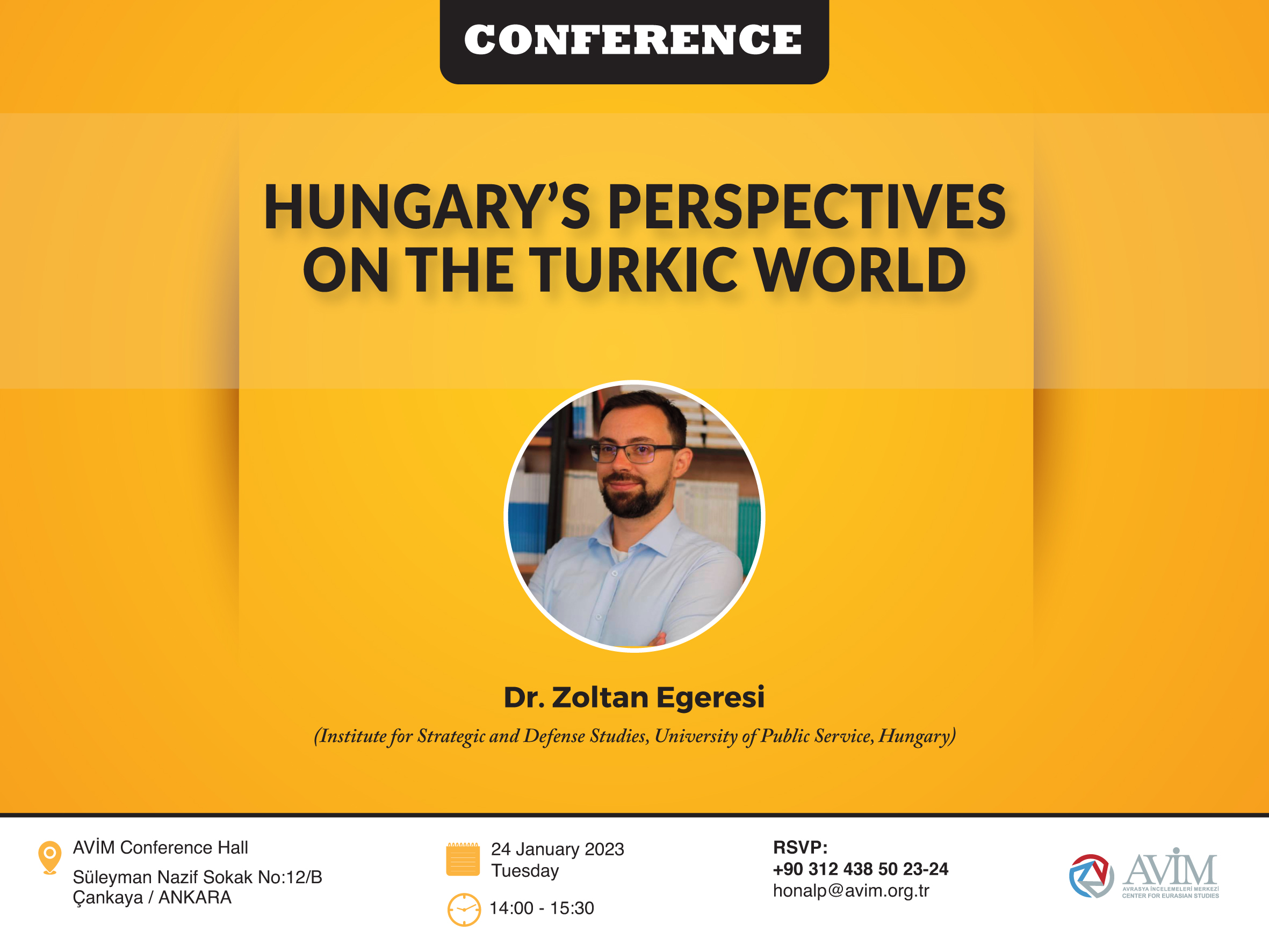
CONFERENCE TITLED “HUNGARY’S PERSPECTIVES ON THE TURKIC WORLD"


